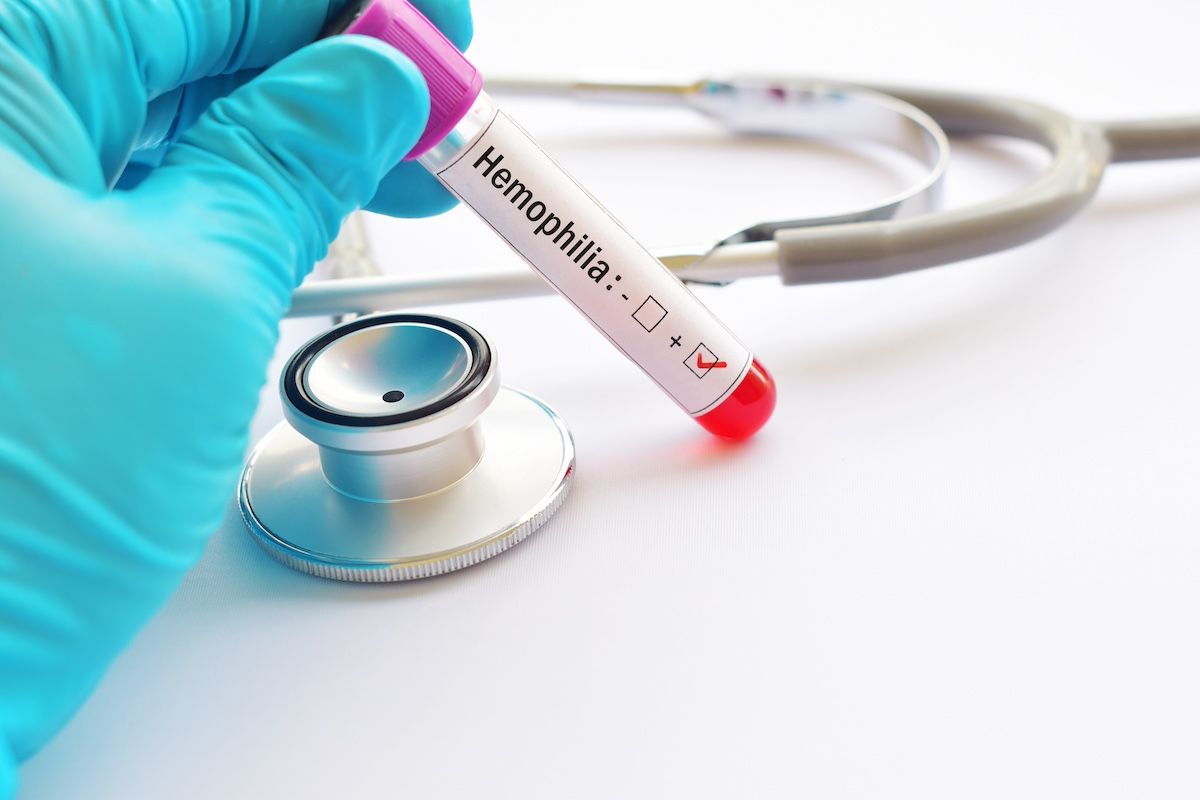News
Article
CHESS II: Hemophilia Severity Correlates With Economic Burden, Patient QOL
Author(s):
The data come from the observational Cost of Hemophilia in Europe: A Socioeconomic Survey II (CHESS II) study of 288 Spanish patients with hemophilia A and B, which showed certain differences between disease subtypes but overall similar trends in disease impact.
Looking to characterize the wide-ranging impact of hemophilia, a new study described the economic and personal burden of the disease, generally finding that more severe disease correlated with higher costs and worse quality of life.1
The data come from the observational Cost of Hemophilia in Europe: A Socioeconomic Survey II (CHESS II) study of 288 Spanish patients with hemophilia A and B, which showed certain differences between disease subtypes but overall similar trends in disease impact. The results were published in JHEOR.
A new study described the economic and personal burden of hemophilia, generally finding that more severe disease correlated with higher costs and worse quality of life. | Image credit: jarun011 - stock.adobe.com

“The results suggest that, regardless of the type of hemophilia, greater disease severity was associated with increased costs and a concomitant decrease in patient-reported HRQOL,” explained the researchers. “Advances in hemophilia care are challenged to improve patient HRQOL while considering the sustainability of the system. Therefore, the descriptive data from the CHESS II observational study is a source of evidence for the knowledge of patients with a rare disease and useful for new therapies in the field of hemophilia.”
For this analysis, data for the 12 months leading up to the treating physician visit were collected. While data were retrospectively pulled from the patient medical charts, 153 patients also filled out the Patient Participation and Public Engagement Questionnaire.
Across both hemophilia A and hemophilia B, direct costs of the disease accounted for most of the overall costs associated with disease (92% and 96%, respectively). Direct costs were mostly related to clotting factor replacement therapy (CFRT), which accounted for 86% to 95% of direct costs. Previously described data from CHESS II showed similar findings, with CFRT accounting for up to 99% of costs among patients spanning 5 European countries.2
For patients with hemophilia A, mean annual per-patient direct costs increased from €17,251 (equivalent to approximately $18,700) for moderate disease to €116,767 (equivalent to approximately $127,000) for severe disease. Similarly, costs increased from €17,796 (equivalent to approximately $19,000) for moderate hemophilia A to €206,996 (equivalent to approximately $225,000) for severe hemophilia B. Indirect costs also increased with disease severity, driven by informal patient care and productivity loss.
Similar findings have also been documented in the United States, with one analysis of patients with hemophilia B finding that costs drastically increased with disease severity, ranging from approximately $81,000 for mild disease to over $630,000 for severe disease.3
In the CHEST II cohort, there were no remarkable differences in the characteristics of patients with hemophilia A and those with hemophilia B, including in age, weight, and body mass index.1
Health-related QOL (HRQOL) was characterized based on patient responses to 5 categories of health, including mobility, self-care, usual activities, pain/discomfort, and anxiety/depression, using the EuroQol 5-Dimension 5-level questionnaire.
“A possible relationship was observed between increasing hemophilia severity and decreasing HRQOL as measured by the EQ-5D-5L. Lower utilities were reported for severe grades of hemophilia (HA, 0.77; HB, 0.70) compared with moderate grades of hemophilia (HA, 0.81; HB, 0.86),” noted the researchers. “Likewise, the EQ-VAS assessment captured this decrease in HRQOL in patients with severe HA and HB, reporting a difference of 9 and 6 points, respectively."
The authors also noted that in other studies, decreased QOL perception tended to be associated with increased joint problems and the need for pain relief for hemophilic arthropathy. A need for adequate detection and treatment of joint disease was also highlighted in this current analysis, which found that knees were the most frequently affected joint across hemophilia types.
The authors noted several limitations, including that cost calculation methodology used mean patient consumption data, limiting the ability to incorporate resource use variability in the CHESS II study, so the cost results also did not show variability. This limitation would similarly affect all groups, however. And while public sources were used to determine direct medical costs, indirect costs were reported by patients.
"This descriptive analysis provides more information on the economic and humanistic burden of adult patients with moderate and severe HA and HB, without inhibitor diagnosis, in the Spanish setting," the authors wrote. "The results suggest that, regardless of the type of hemophilia, greater disease severity was associated with increased costs and a concomitant decrease in patient-reported HRQOL."
References
1. Peral C, Juste A, Lwoff N, et al. Economic and humanistic burden of moderate and severe hemophilia A and B in Spain: Real-world evidence insights from the CHESS II study. JHEOR. 2024;11(1):122-133. doi:10.36469/jheor.2024.92368
2. O’Hara J, Hughes D, Camp C, Burke T, Carrol L, Diego DA. The cost of severe haemophilia in Europe: the CHESS study. Orphanet J Rare Dis. Publisned online May 31, 2017. doi:10.1186/s13023-017-0660-y
3. Bucker TW, Bocharova I, Hagan K, et al. Healthcare resource utilization and cost burden of hemophilia B in the United States. Blood Adv. 2021;5(7):1954-1962. doi:10.1182/bloodadvances.2020003424





